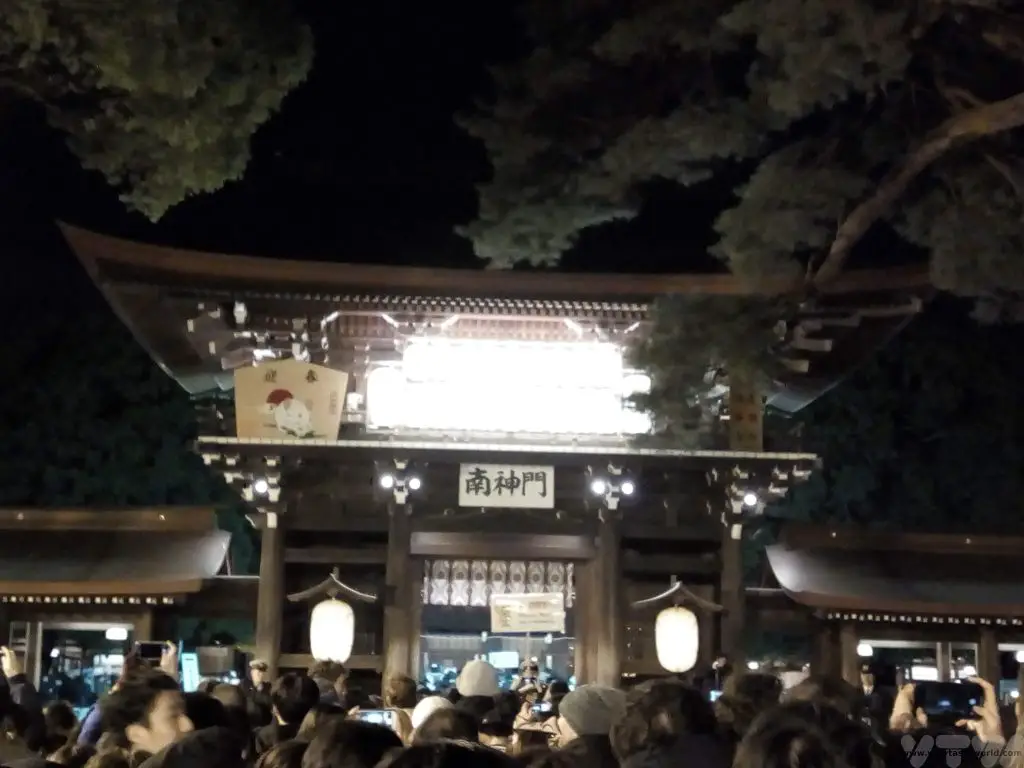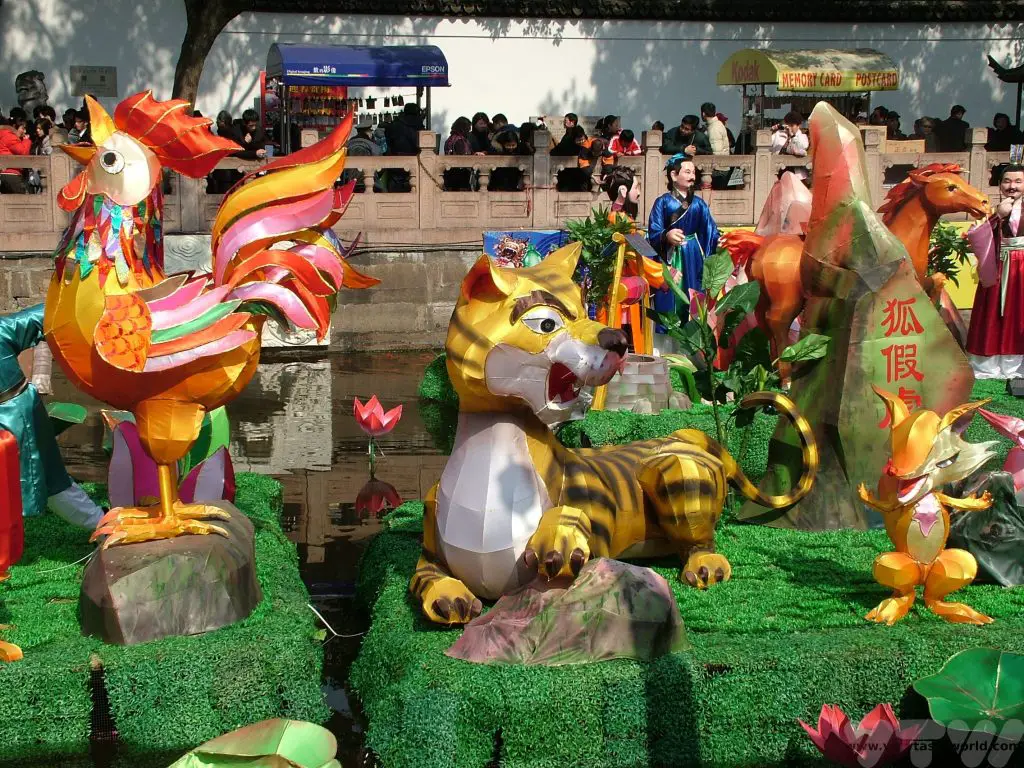Happy SinterKlaas – A Celebration of the Netherlands
Happy Sinterklaas! The Feast of Sinterklaas (a contraction of St Nicholas) is celebrated all across the Netherlands, and also in Belgium, on the 5th and 6th December. St Nicholas was the patron saint of children. While he has a similar appearance to that of Santa Claus (who is derived from Sinterklaas) with his red robes and fluffy white beard, his attire reflects St Nicholas’ historic occupation as the Bishop of Myra (now in modern-day Turkey) in the 4th century, so he wears a bishop’s mitre and holds a crosier.
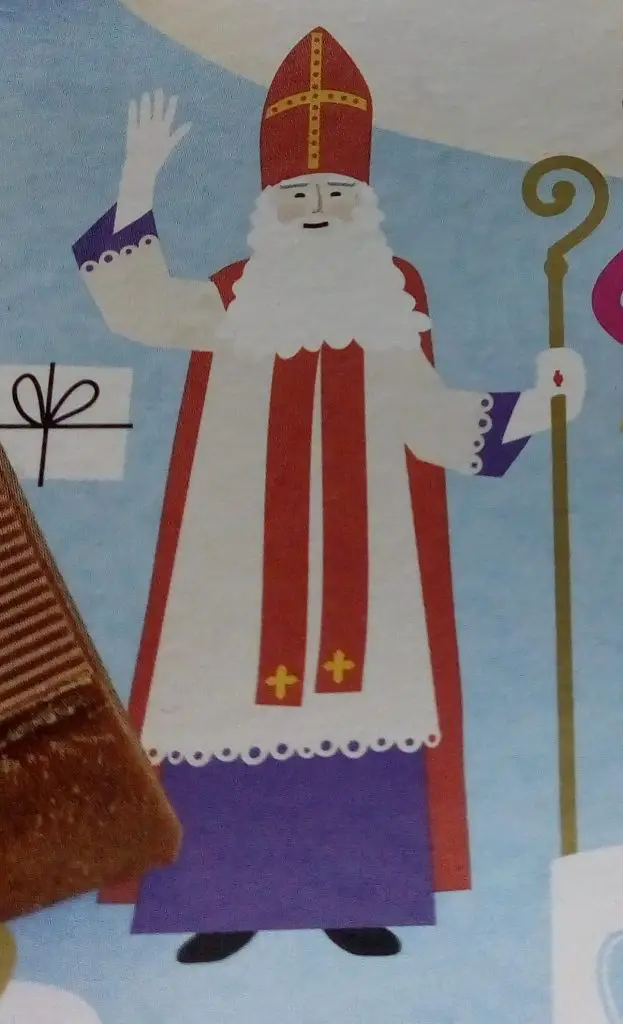
Like Santa, he knows which children have been naughty or nice, as he has all that information recorded in a big red book. Traditionally, nice children receive presents but naughty children were packed up in a sack and taken to Spain. Not-quite-naughty-but-not-quite-nice-enough children might have received a bundle of birch twigs or a lump of coal instead of presents in the past. But that doesn’t happen so much these days…
Festivities connected with Sinterklaas start in mid-November (on a Saturday, three weeks before the 5th December) when he ‘arrives’ on a boat from Spain – each time to a different port – and parades through the city on a white horse. Thousands of people turn out so see him and the event is televised. Sinterklaas’s helper is known as Zwarte Piet (Black Peter), in fact, multiple Pieten also join the parade and carry bags to throw sweets and other treats to children in the crowd. There has been some debate over the depiction of Piet in recent years in the Netherlands and he is Schoorsteenpiet (Chimney Pete), from the soot in the chimneys, in many cities these days.
Although there is an official arrival, most Dutch cities have a Sinterklaas parade. During the weeks that Sinterklaas is in the Netherlands tradition dictates that he rides over the rooftops and children put out a shoe with a treat for the horse, such as a carrot or sugar cube, by the chimney (or the radiator if there isn’t an open fire in the house). During the night Piet climbs down the ‘chimney’, takes the horse’s treat and replaces it with a present.
The 5th December is the day that Dutch people give each other gifts, rather than on Christmas Day, which is usually a time for a quiet family celebration. Known as pakjesavond after the Dutch word for present, the family will sit together and hear a knock at the door. Children will open the door to find a bag of presents for them. Older children and adults give gifts and also have a custom of writing irreverent poems to family and friends.
Happy Sinterklaas Sweets And Treats
Traditional sweets are pepernoten (mini biscuits), speculaas (spiced biscuits), marsepein (marzipan).
Pepernoten are little spiced biscuits made from rye flour and sugar with anise, cinnamon, and clove flavourings. Sometimes they are coated in chocolate.
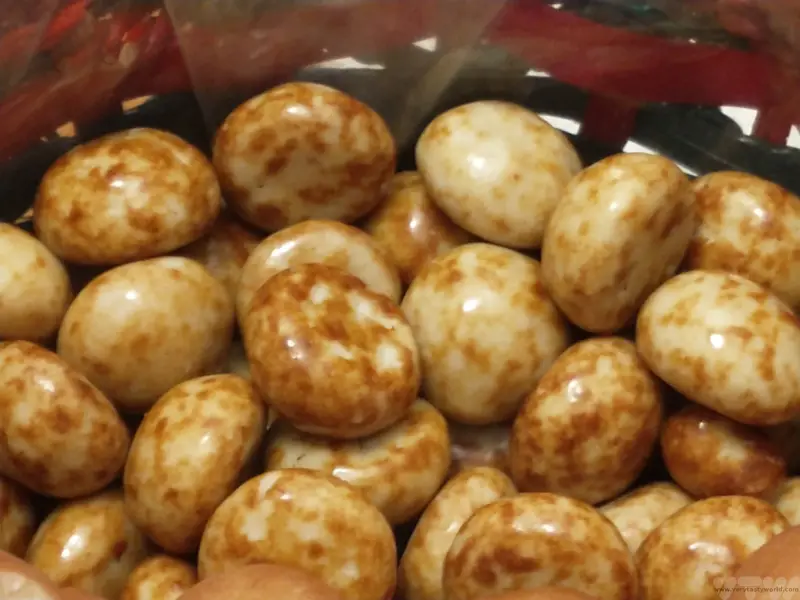
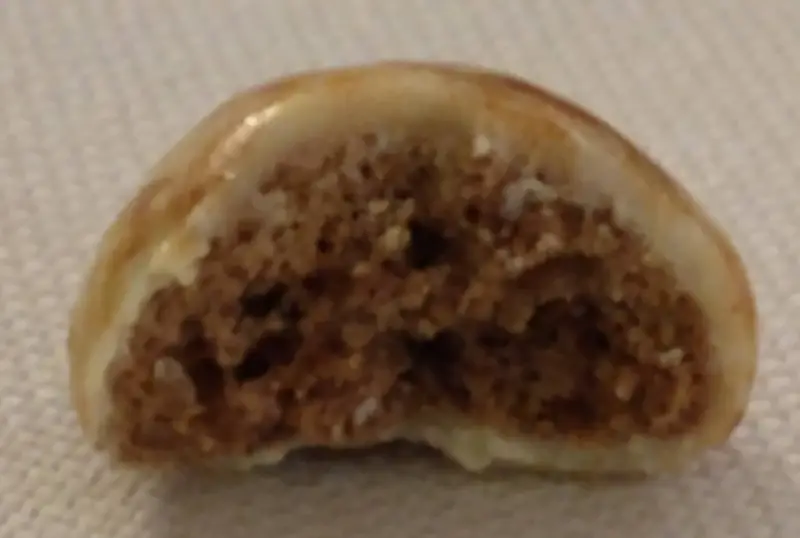
Dutch marzipan is awesome – it is often beautifully crafted in a variety of guises: marzipan fruits, a packet of pigs and even chips, presented Dutch-style, with (sugar) ‘salt’ and (white chocolate) ‘mayonnaise’.
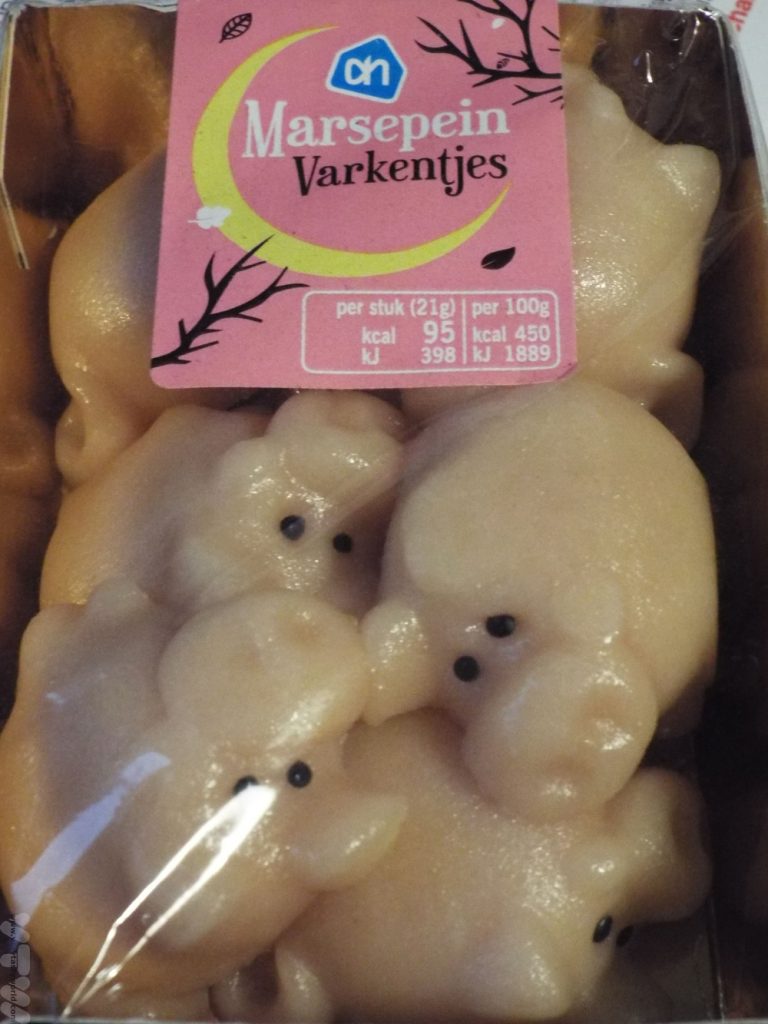
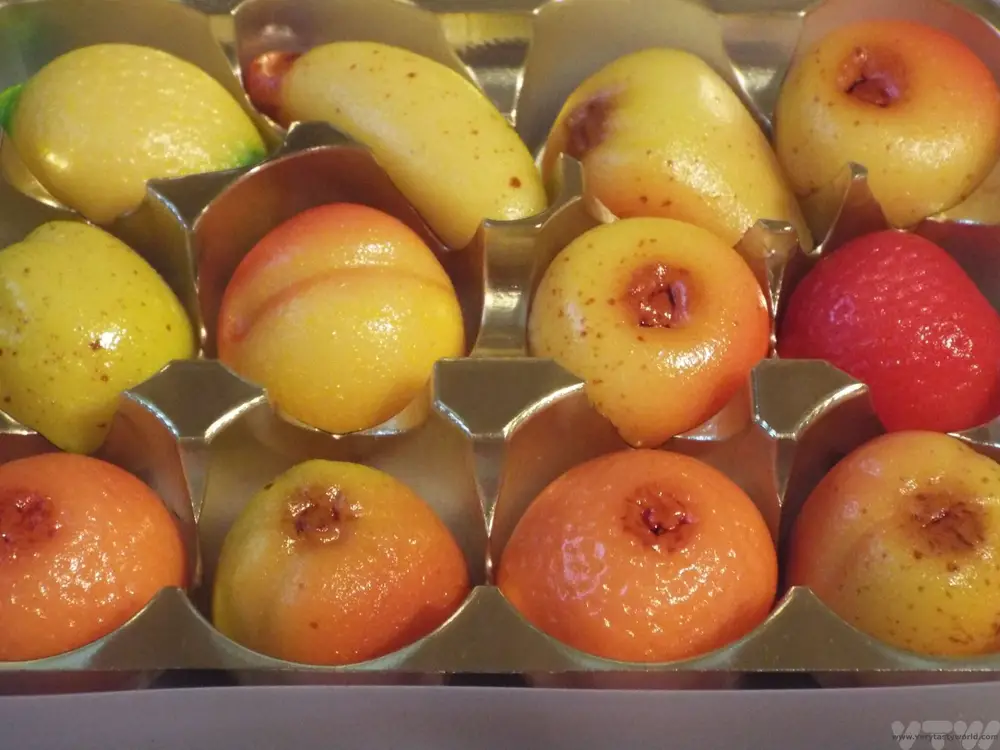
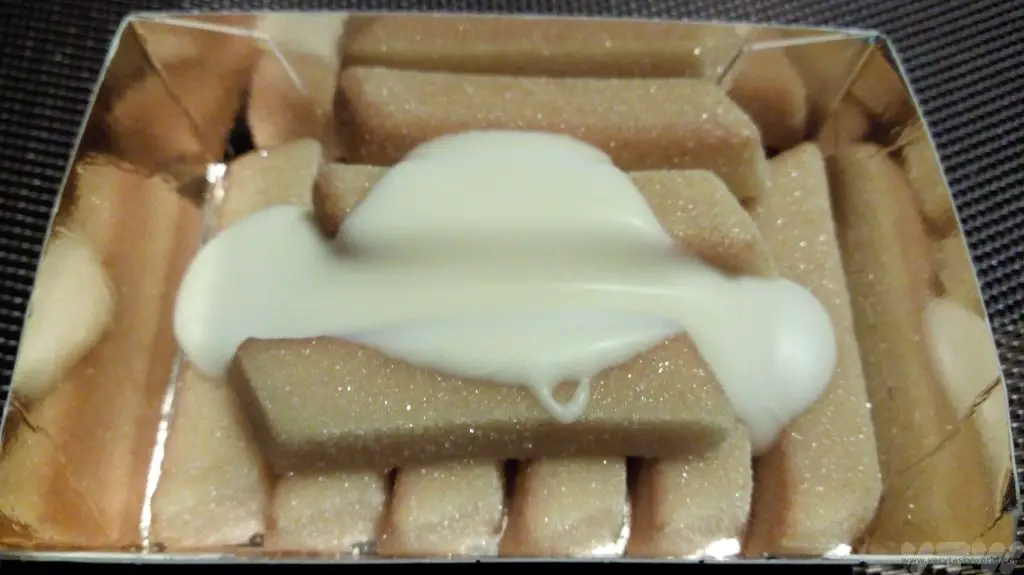
Best of all are the chocolate letters associated with Sinterklaas – it’s a massive bar of chocolate in the shape of the first letter of your name. You don’t have to worry if your name begins with an ‘I’ instead of an ‘W’ – you get the same amount of chocolate!
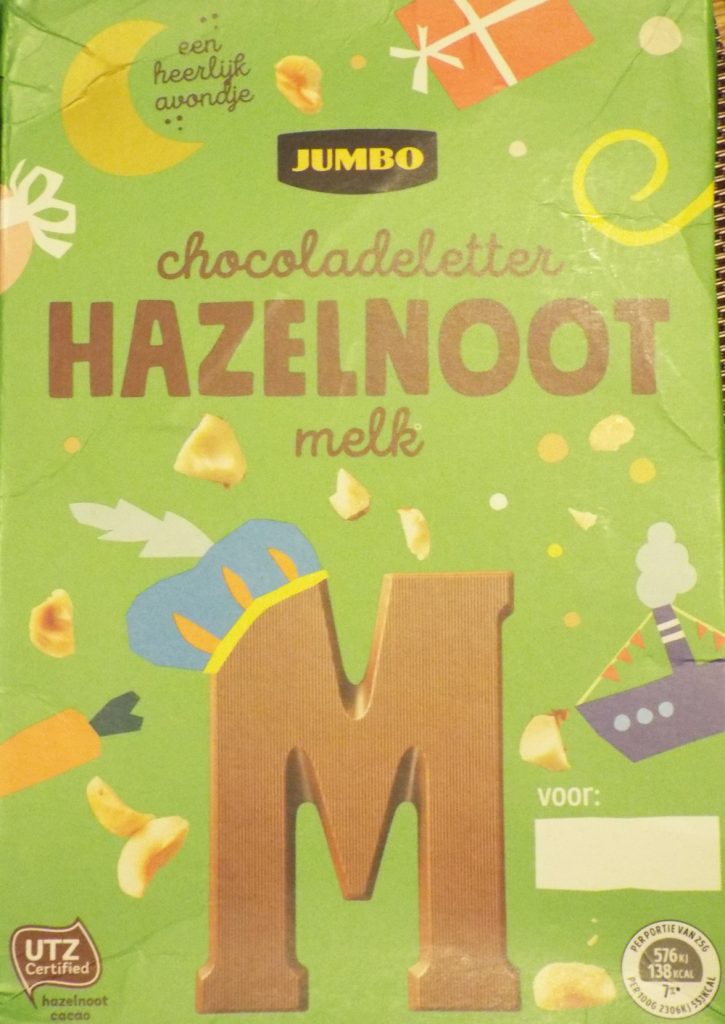
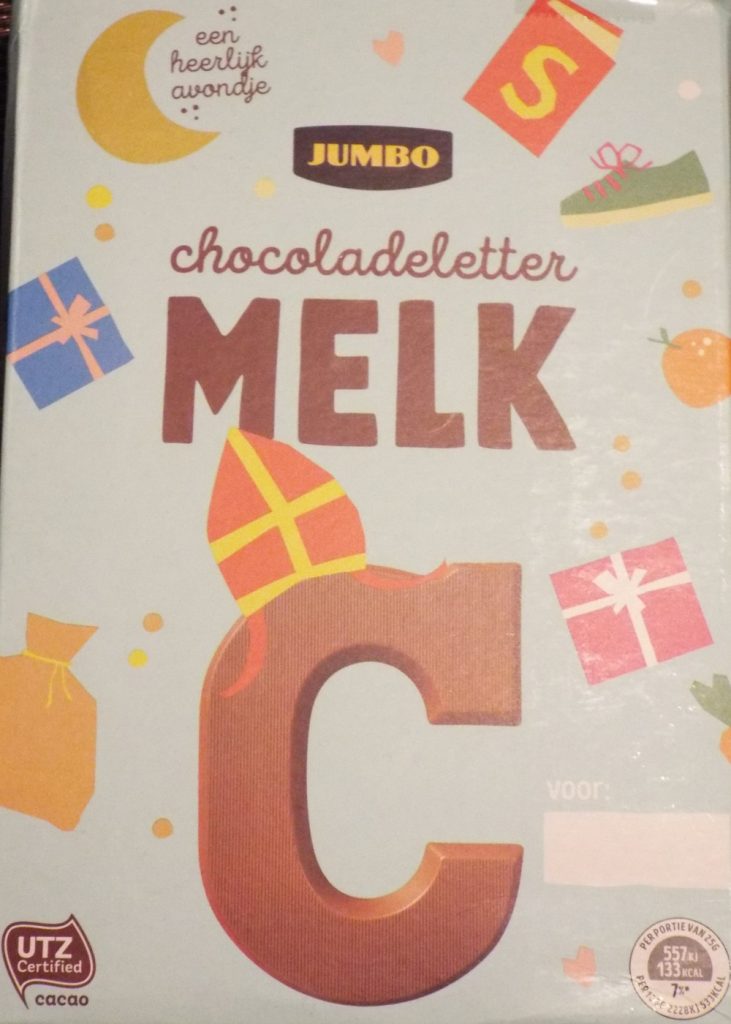
Colin is half-Dutch and has long enjoyed the tradition of Sinterklaas. And, no matter how old you are, somehow if Sinterklaas can post you a chocolate letter, your day is guaranteed to be filled with joy.
PS – Thanks, Mum!
Related Posts You May Enjoy

Super-Vlaai in South Netherlands!
Limburg in the south of the Netherlands offers a complete contrast to the cosmopolitan charms of Amsterdam. When we recently picked up train tickets at Schiphol airport’s railway station to make the two hour journey, the friendly ticket master inquired, “are you sure you are going to South Netherlands?” On receiving a positive reply he very kindly printed out a timetable for us showing us where and when to change trains. He was super-helpful.
Limburg is a rural area and the way of life is more relaxed. The flat landscape, interspersed with pretty towns and villages, is ideal for walking and cycling at an easy pace, especially along the banks of the broad River Maas.

Limburg residents are very sociable. This is emphasised by their greeting technique: not one, not two, but three kisses on the cheek. Left-right-left. Or right-left-right. Either is fine.
If you are lucky enough to visit a local home you will almost certainly be offered coffee and vlaai. Dutch coffee is always properly made ground coffee. Vlaai – also known as Limburgse Vlaai – is a fruit tart.
The base isn’t made from traditional flaky pastry but from a yeast dough which gives it a light, cake-like texture. Each vlaai comes as a big round disc of deliciousness, usually around 30 cm in diameter. It is cut into large slices for guests to enjoy.
So Many Varieties of Vlaai
The traditional vlaai is a fruit-based tart, often with a latticed pasty top. Cherries, apricots, apple – all sorts of soft fruit can be used as a filling. It may be served with a dollop of rich cream.
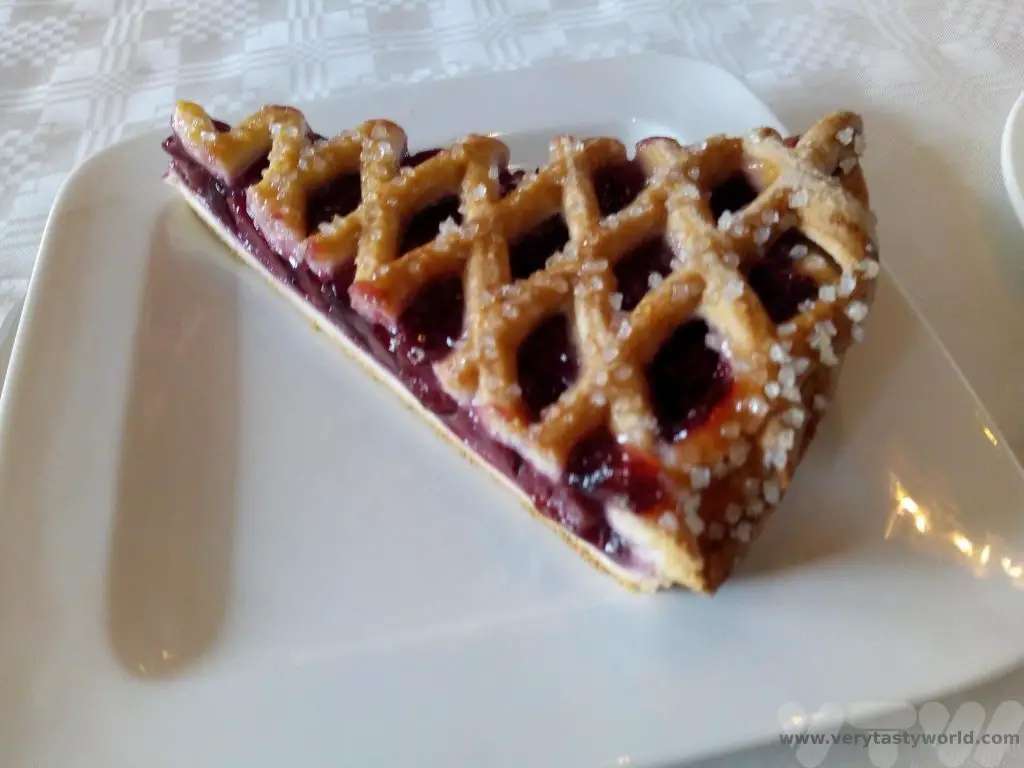
And then there are more unusual variations. The gooseberry vlaai topped with fluffy meringue is both tart and sweet.
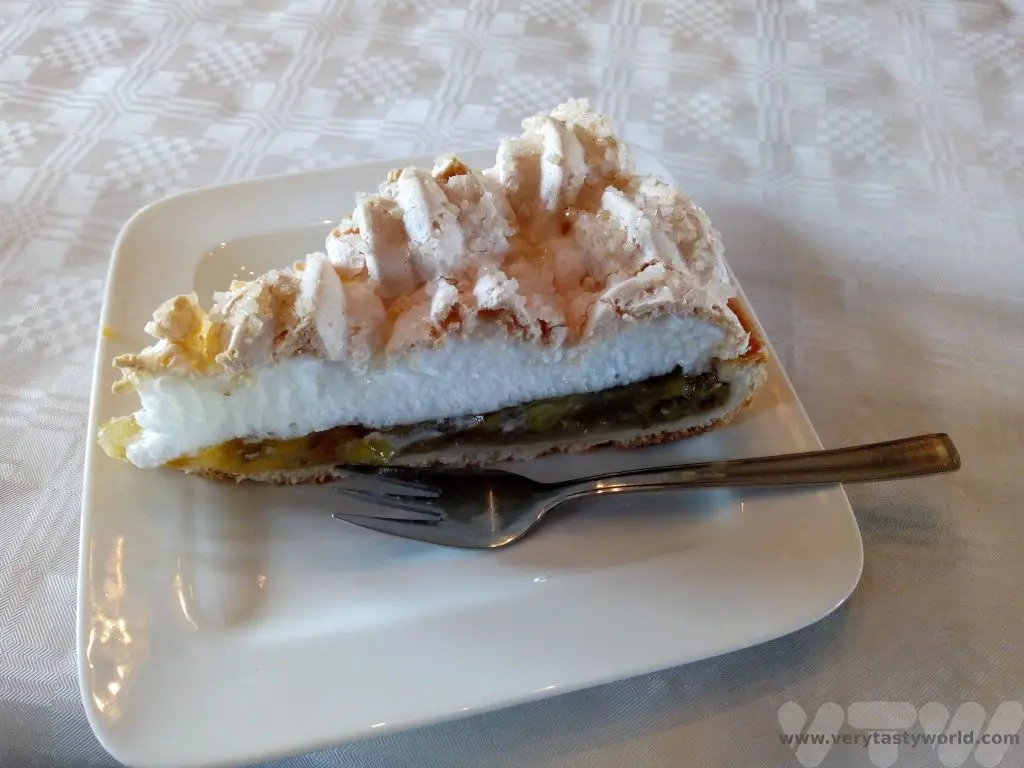
Berry mouse and meringue is also a great combination.
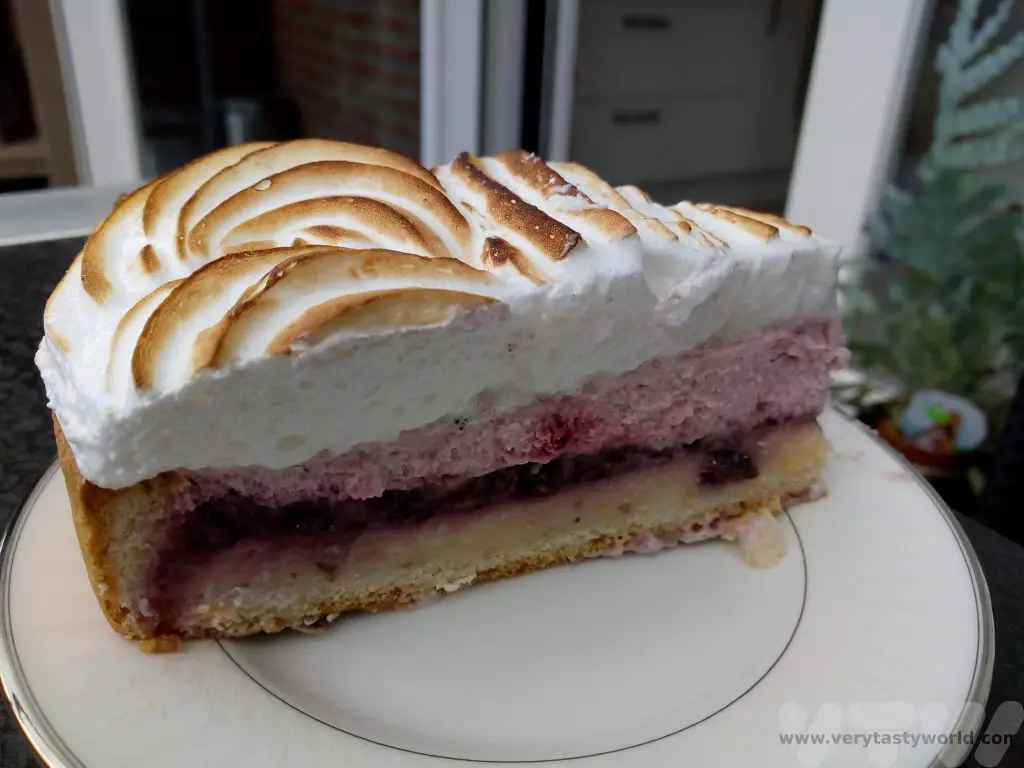
The rice pudding vlaai, with cream and chocolate shavings for added decadence, will keep you satisfied for a week.
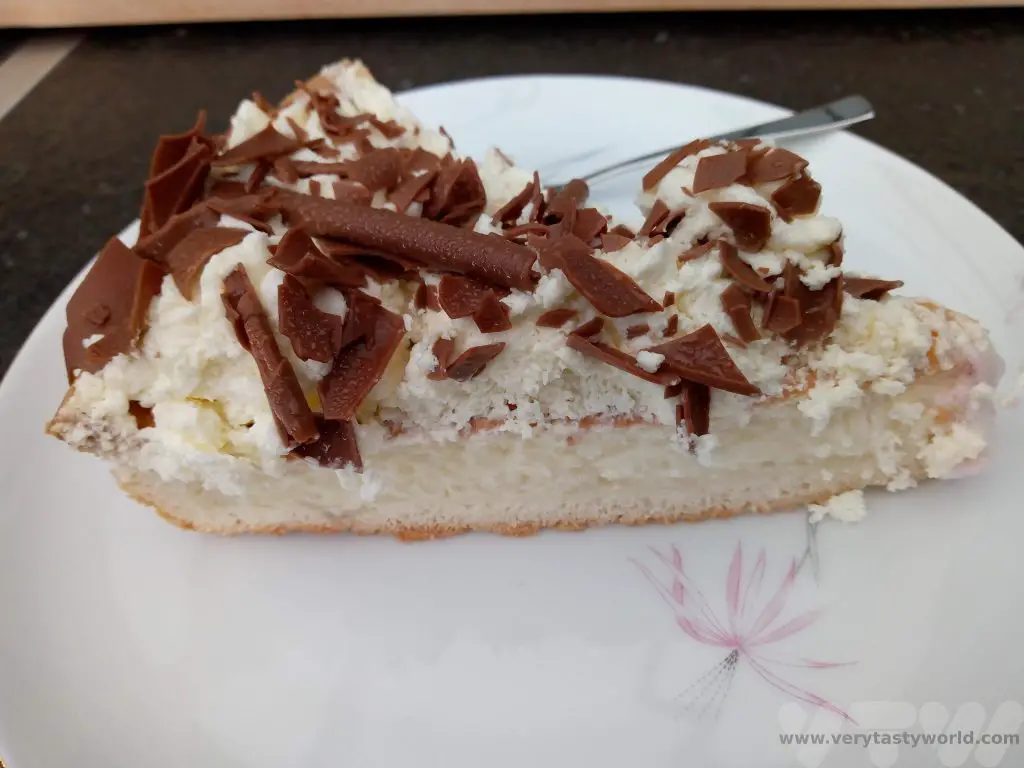
Tradition dictates that visitors are offered coffee and vlaai and it is polite to accept. Apparently it is also considered to be a little bit rude not to accept a second slice. It’s possible that Limburgians have a secret second stomach as it is genuinely impossible to eat two slices of vlaai in quick succession, scrumptious though it is.

The House of Bols Amsterdam
Visit House of Bols in Amsterdam
In 1575 the Bols family set up a liquor distillery in Amsterdam.
You thought gin was British? Think again! Genever was the juniper flavoured liquor from which gin eventually evolved and is specific to the Netherlands. There are two types: oude (old) and jonge (young). Oude is an older process and distilled from malt, jonge is the later type and contains more grain, giving a lighter flavour rather than the richly developed flavours of the oude.
You can visit the House of Bols in Amsterdam which is a combination of a museum and drinking emporium. It’s just round the corner from the Rijksmuseum, one of the world’s greatest art galleries. Handy tips: Go to the Rijksmusem first and admire the amazing art, then nip, via the eminently Instagrammable IAmsterdam park, to the House of Bols. Admiring the art whilst a little bit squiffy might not be the best way to appreciate Rembrandt and the other Dutch Masters’ finest paintings.
Obviously you need to be over 18 to partake of any alcohol on offer but the museum element is also interesting.
There are a variety of experiences you can choose from. Our ticket gained entrance to the museum, a cocktail at the end of the tour and two shots of booze from the enormous selection on offer in the shiny mirror bar.
History of The House of Bols Amsterdam
The tour takes you on a journey through the history of the company.
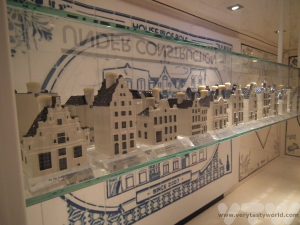
You get to visit the flavour hall where you learn about how you taste and get to sample the multitude of flavours on offer. (Bear in mind that some of the flavour exercises you can try, given you are in Holland, may result in a liquorice-y taste sensation which really isn’t at all fun if you don’t like liquorice!)
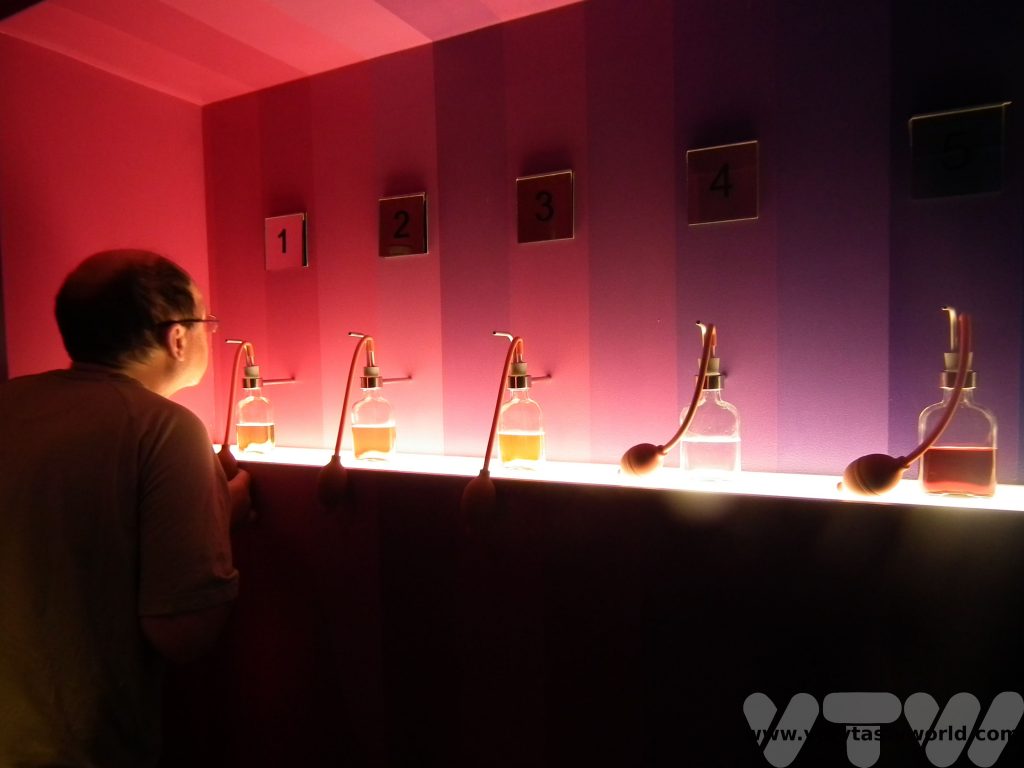
There is an amazing array of tastes to experience. Have a whiff then try to guess the flavour – the answer is given beneath the number on the wall.
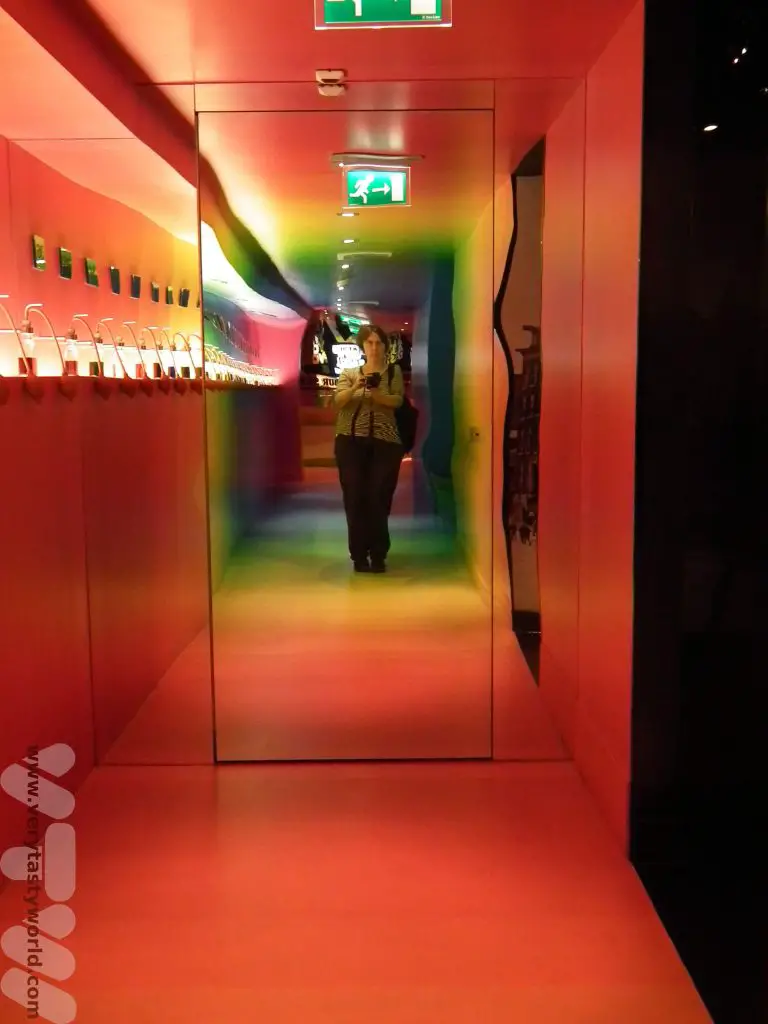
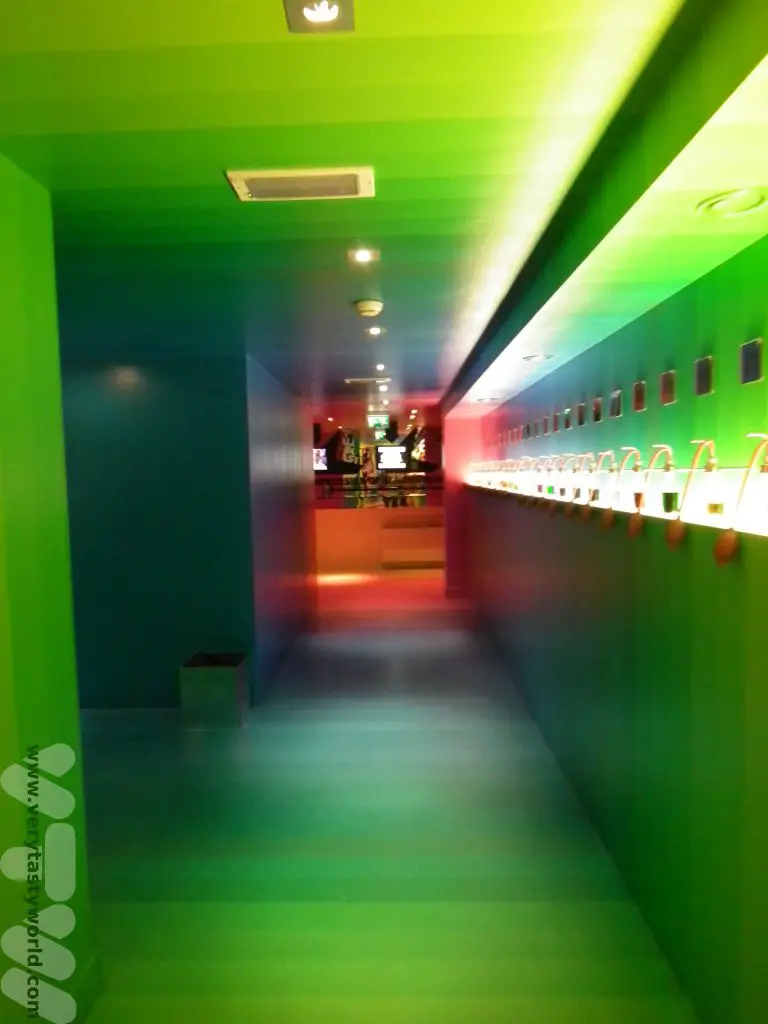
Then it’s onto the technicalities of how to make genever and the history of distilling. This way…

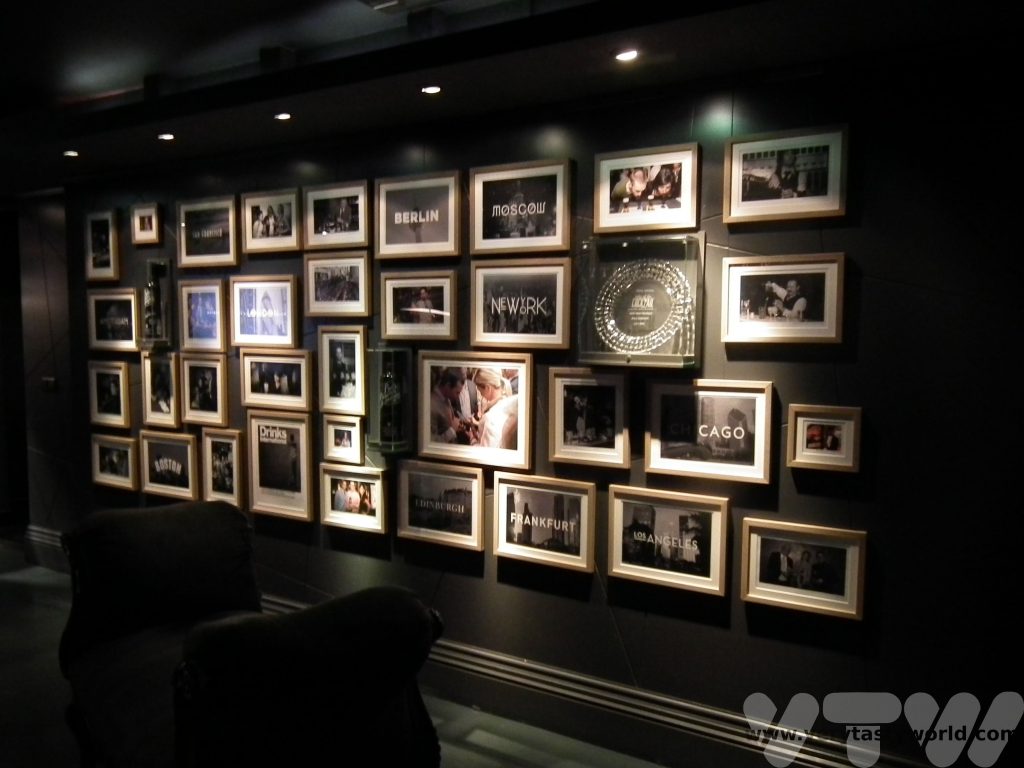
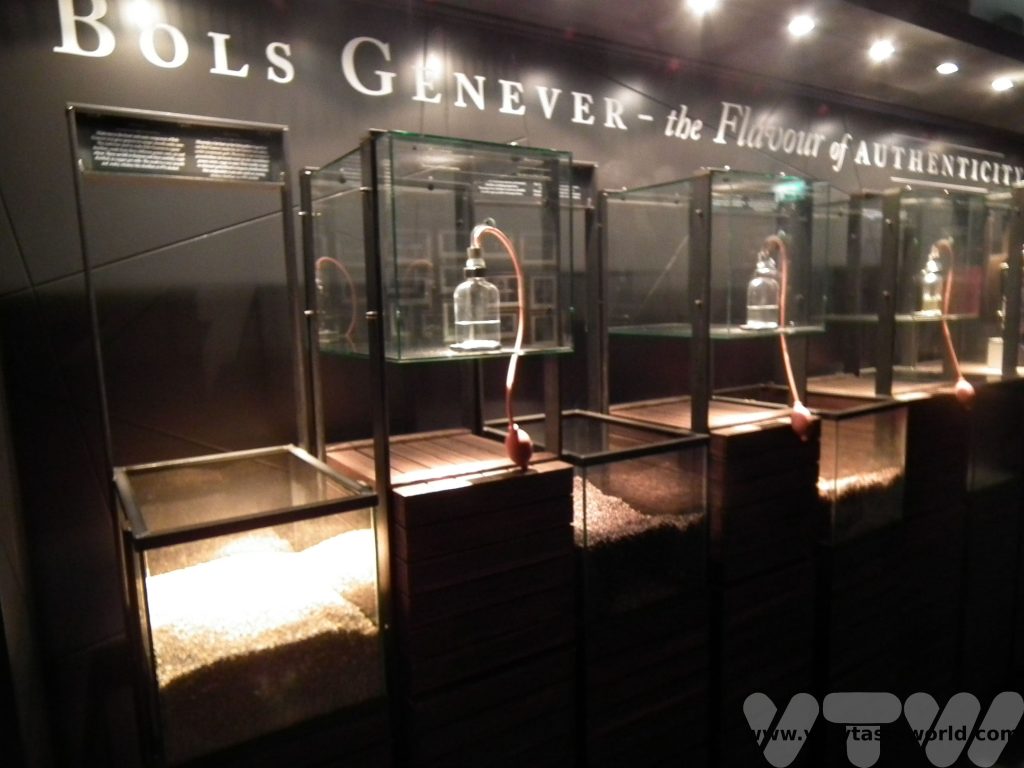
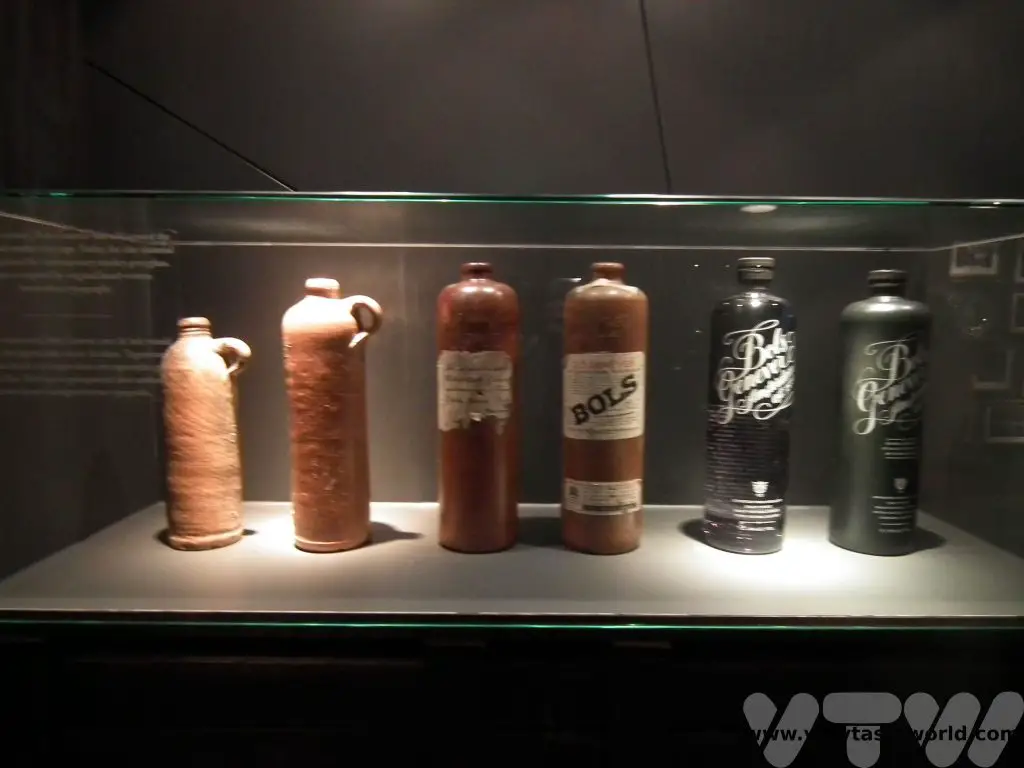
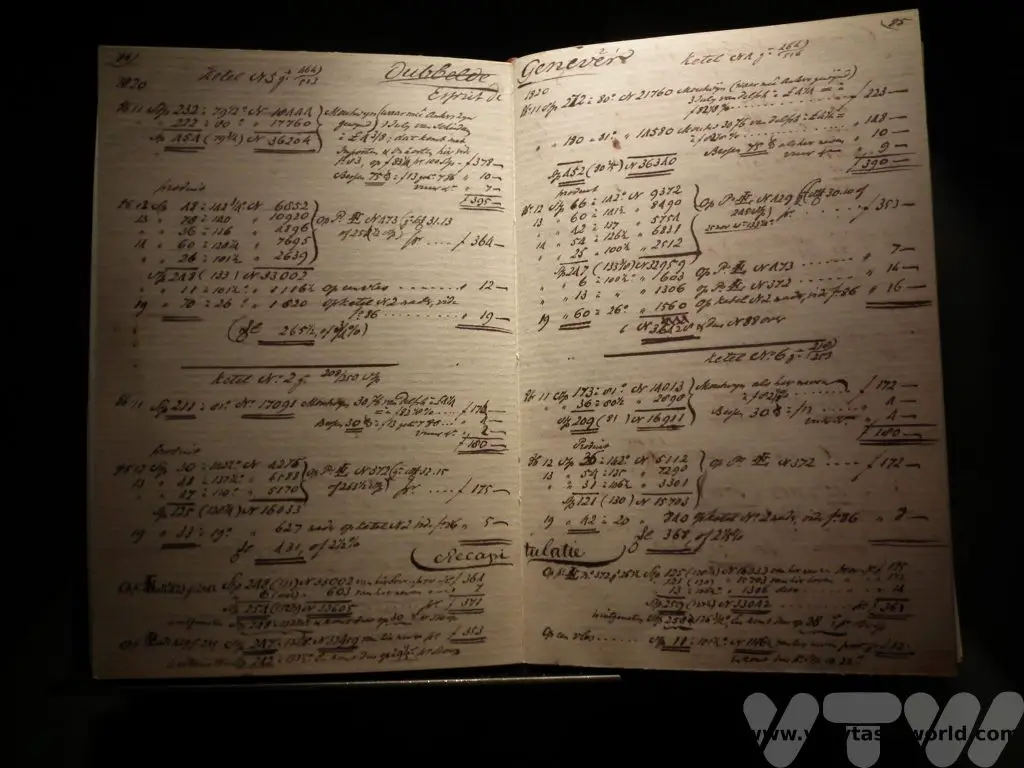
House of Bols Mirror Bar
And finally to the mirror bar.
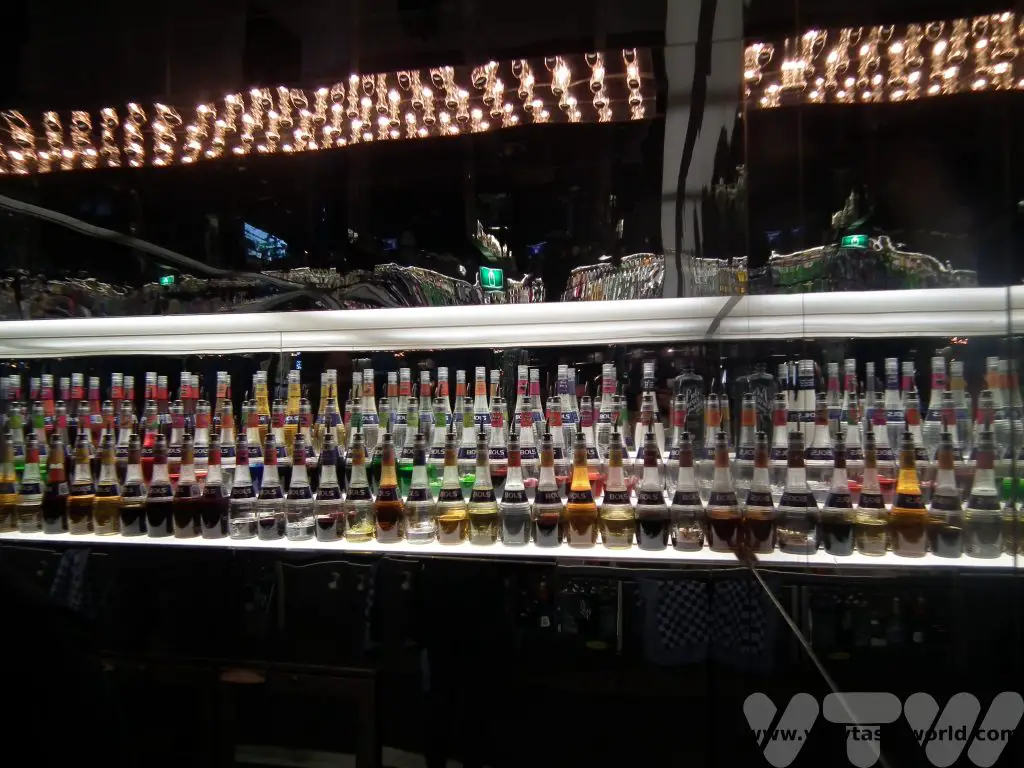
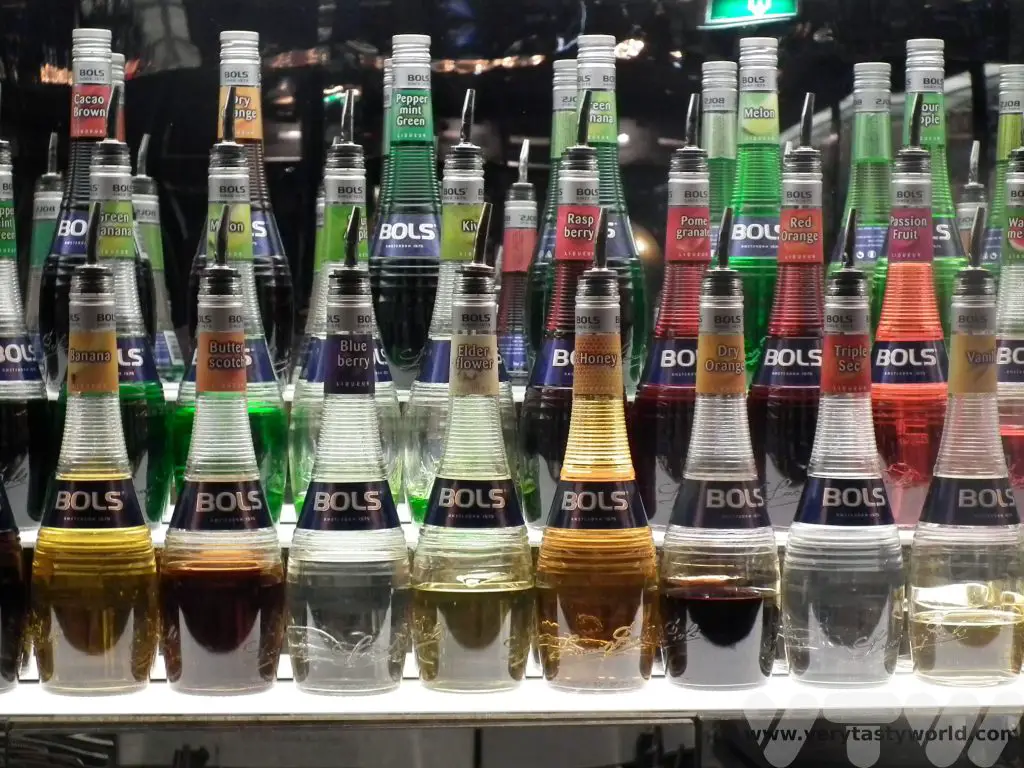
You can choose a cocktail using the electronic machines which help you determine your ideal cocktail via a series of options and then ask the bartender to make it for you. Best Cocktail Ever: The Bols Bloody Mary.
And this particular incarnation had (vegetarians look away now)… bacon! Bols vodka, tomato, lemon juice, spicy Tabasco heaven WITH ADDED BACON. Deep joy.
Our ticket allowed a further two shots from the magnificent selection. You could try to recall which flavours had tickled your nostrils in the house of flavour but we found that a more interesting alternative was to try the neat genever shots so that we could taste the difference between the different types. You can, for example, compare an oude genever and jonge genever. Jonge is a clearer gin, more akin to vodka, whereas oude has a maltier taste with a complexity of flavour you might associate with whisky. Both hugely enjoyable though.
Sorry that the following photo is slightly out of focus but we were mildly sozzled when we took the shot of the shots…
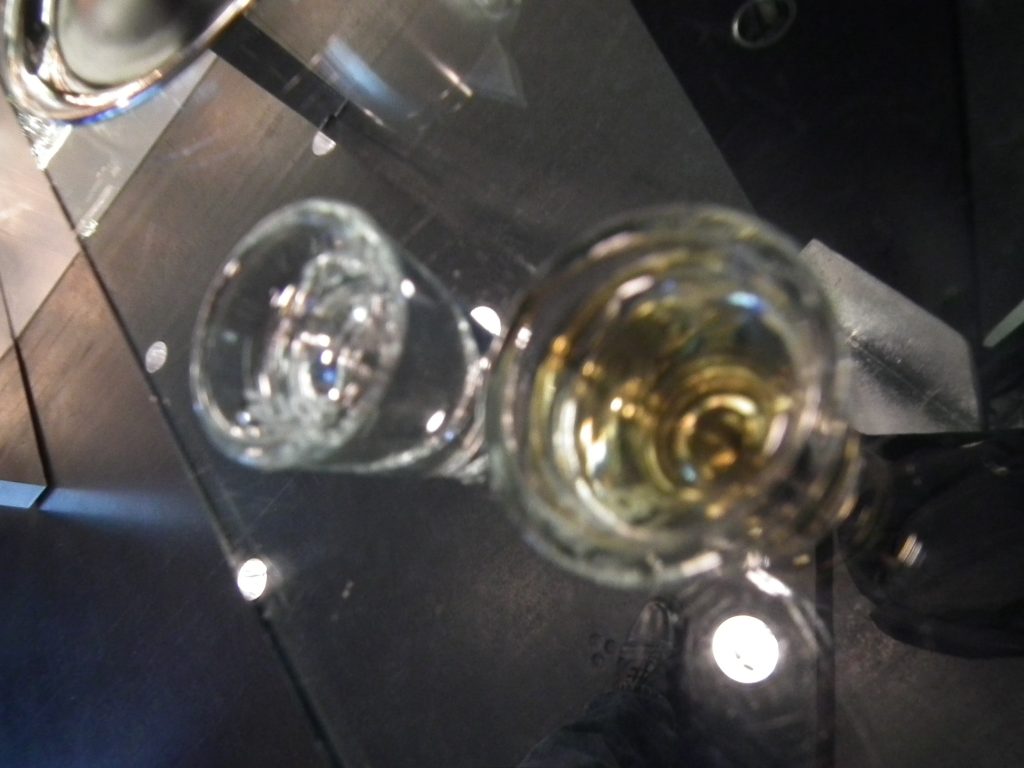
There are a number of different tours available for the House of Bols, including cocktail making experiences.
If you’re interested in other cocktail recipes they can be found here:

